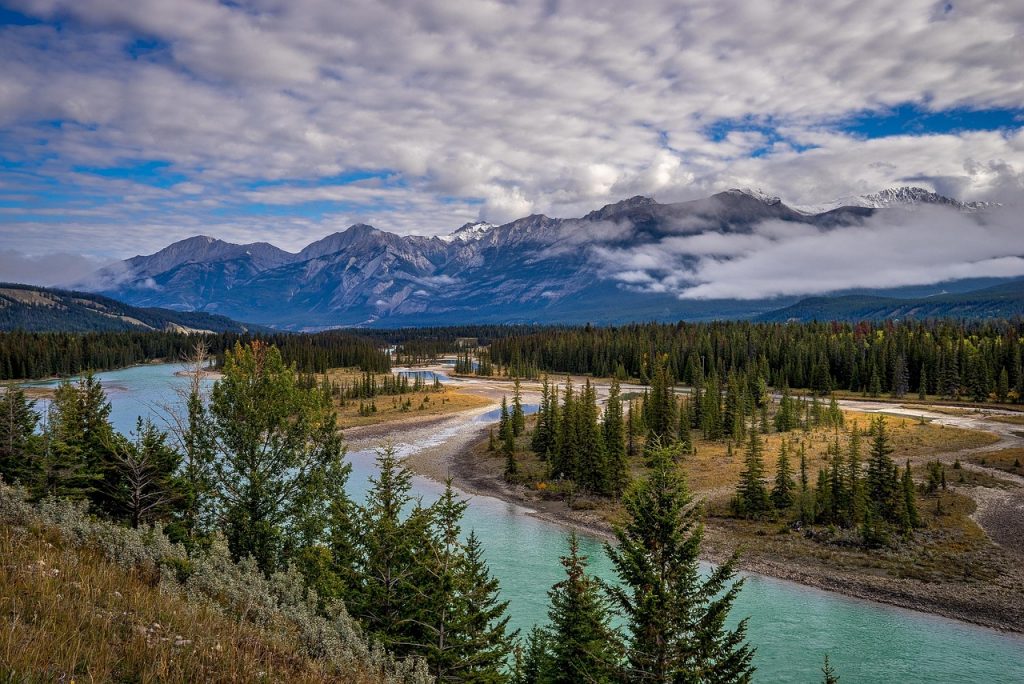
Canada’s vast landscape encompasses a wide range of climates—from the frigid Arctic tundra to temperate coastal regions and sunny inland plains. Despite its reputation for cold weather, solar power adoption in Canada is growing steadily, thanks to long daylight hours in summer and falling installation costs. But when choosing solar panels for Canadian homes, one critical but often overlooked factor is Land Surface Temperature (LST).
This article explores why understanding LST is essential for Canadian homeowners investing in solar panels, how climate differences across the country affect solar panel performance, and how to choose the best panels for long-term efficiency and reliability.
Why Land Surface Temperature Affects Solar Panel Performance
Although solar panels work better in sunlight, extreme heat can reduce their efficiency. Most panels lose a small percentage of efficiency (usually between 0.3% and 0.5% per °C) when temperatures exceed 25°C. LST reflects the actual heat of the ground surface—often higher than ambient air temperature—making it a useful indicator when evaluating long-term solar panel performance.
In Canada, while heatwaves are less common, certain regions can still reach temperatures above 30°C in summer. In contrast, very cold winters and snow cover raise questions about durability, energy yield during winter, and panel cleaning or snow shedding ability.
Climate and LST Differences Across Canadian Regions
| Region | Climate Type | Typical Summer LST | Considerations |
|---|---|---|---|
| British Columbia (BC) | Coastal Temperate | 20°C–30°C | Mild climate, moderate LST, frequent rain |
| Alberta, Saskatchewan | Continental Prairie | 25°C–35°C (hot summers) | High solar potential, dry heat |
| Ontario, Quebec | Humid Continental | 22°C–32°C | Humid summers, cold snowy winters |
| Atlantic Canada | Coastal Oceanic | 20°C–28°C | Cooler summers, foggy, shorter sunny periods |
| Northern Territories | Subarctic/Arctic | 10°C–20°C (brief summer) | Long daylight in summer, extreme cold in winter |
In general, southern Alberta and Saskatchewan are Canada’s solar sweet spots due to abundant sunshine and dry air. Coastal BC sees less sunlight but benefits from moderate temperatures year-round.
Choosing the Right Solar Panels for Canadian Conditions
Canadian homeowners must consider:
- Temperature tolerance: Panels must work efficiently during the rare hot spells in summer.
- Cold durability: Panels should be built to withstand snow load, hail, and freezing temperatures.
- Energy yield in diffuse light: In cloudy or foggy areas like coastal BC or the Maritimes, high-performance panels that work in low-light conditions are ideal.
Recommended solar panels for Canadian conditions:
- Panasonic HIT and SunPower Maxeon: Excellent in both high and low temperatures; good for cold and snowy areas.
- REC Alpha: Durable and efficient, performs well in variable lighting.
- Canadian Solar HiKu: Locally produced, cost-effective, and built for Canadian winters.
Using LST Data to Optimize System Design
Homeowners can access LST data via:
- Environment and Climate Change Canada (ECCC): For climate and temperature records.
- NASA or Copernicus Earth Observation platforms: Satellite data on solar radiation and surface temperature.
- Provincial solar maps: Some provinces like Alberta and Ontario provide solar potential maps with integrated temperature data.
This data helps:
- Determine whether roof-mounted or ground-mounted systems are better (e.g., rooftops heat more than ground).
- Design panel layout for maximal cooling airflow.
- Select microinverters or optimizers to reduce the impact of temperature variance on system output.
LST and Long-Term Cost Benefits
In colder climates, some heat loss is actually beneficial—solar panels operate more efficiently in cooler air, as long as there’s enough sunlight. With the increased summer daylight in northern areas, homeowners can still achieve high annual output.
Example: In Calgary (Alberta), average yearly solar irradiance can support a 6 kW system producing around 8,000 kWh/year. Even with occasional summer heat, the LST stays moderate enough to keep efficiency losses low. Over a 25-year lifespan, this can result in savings exceeding $25,000 CAD, even with the cost of installation (~$15,000–$20,000 CAD after incentives).
Tailoring Solar Panel Choices to Canadian Climate and LST
Canada’s climate diversity means there’s no one-size-fits-all solar panel. Land Surface Temperature plays a critical role in selecting systems that will perform efficiently across hot summers and cold winters. Whether you live in sun-soaked Alberta or rainy Vancouver, paying attention to LST and environmental data ensures your solar panels deliver optimal energy output and cost savings over the long term.
By aligning panel technology with local LST trends, Canadian homeowners can make smart, sustainable investments in solar energy—reducing bills, increasing property value, and contributing to a cleaner environment.